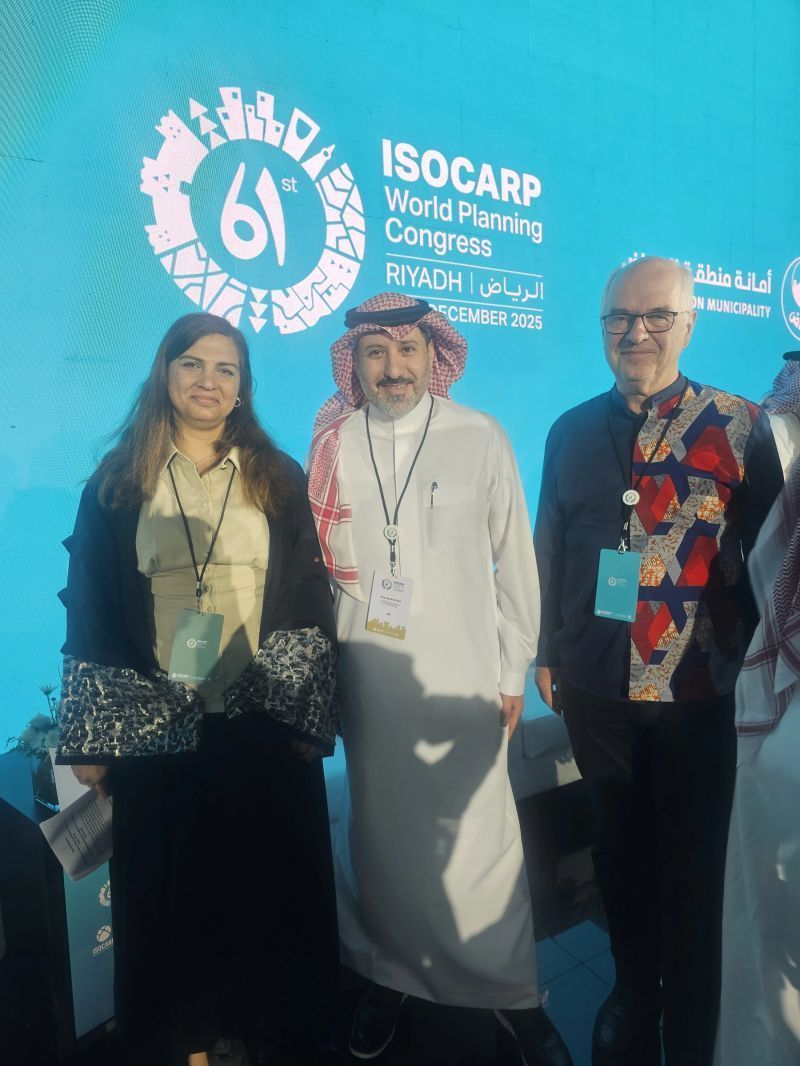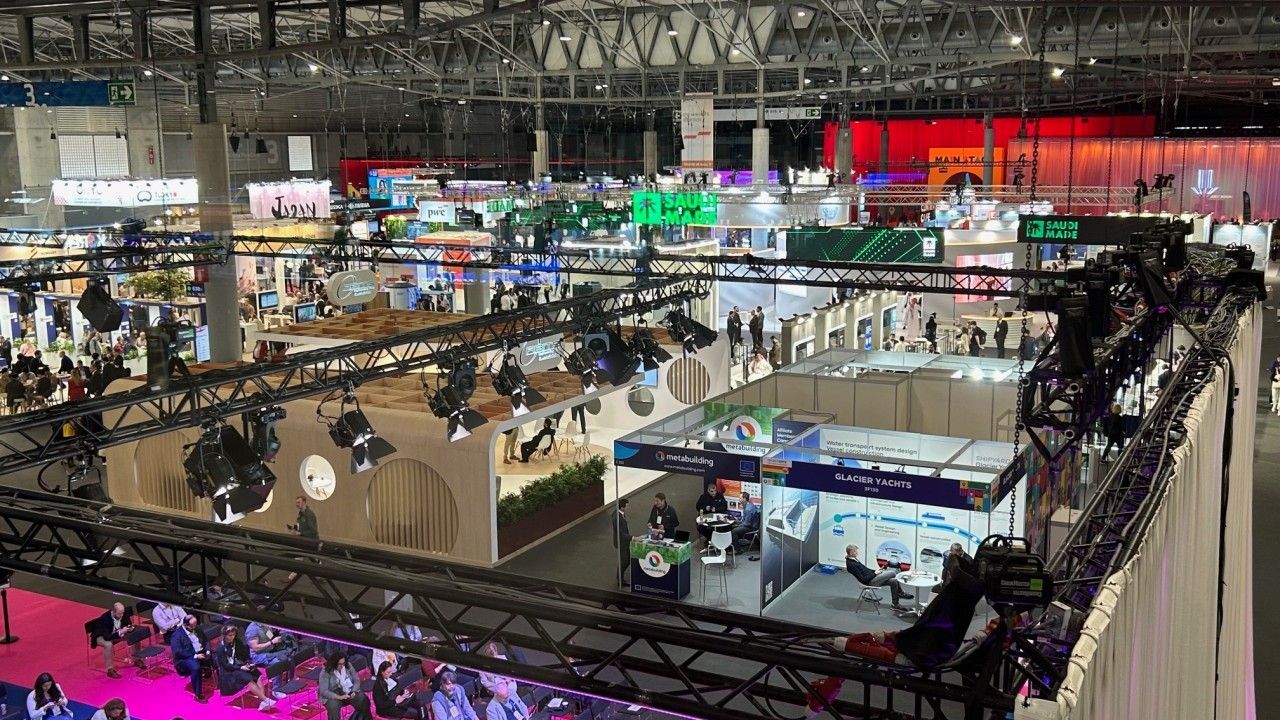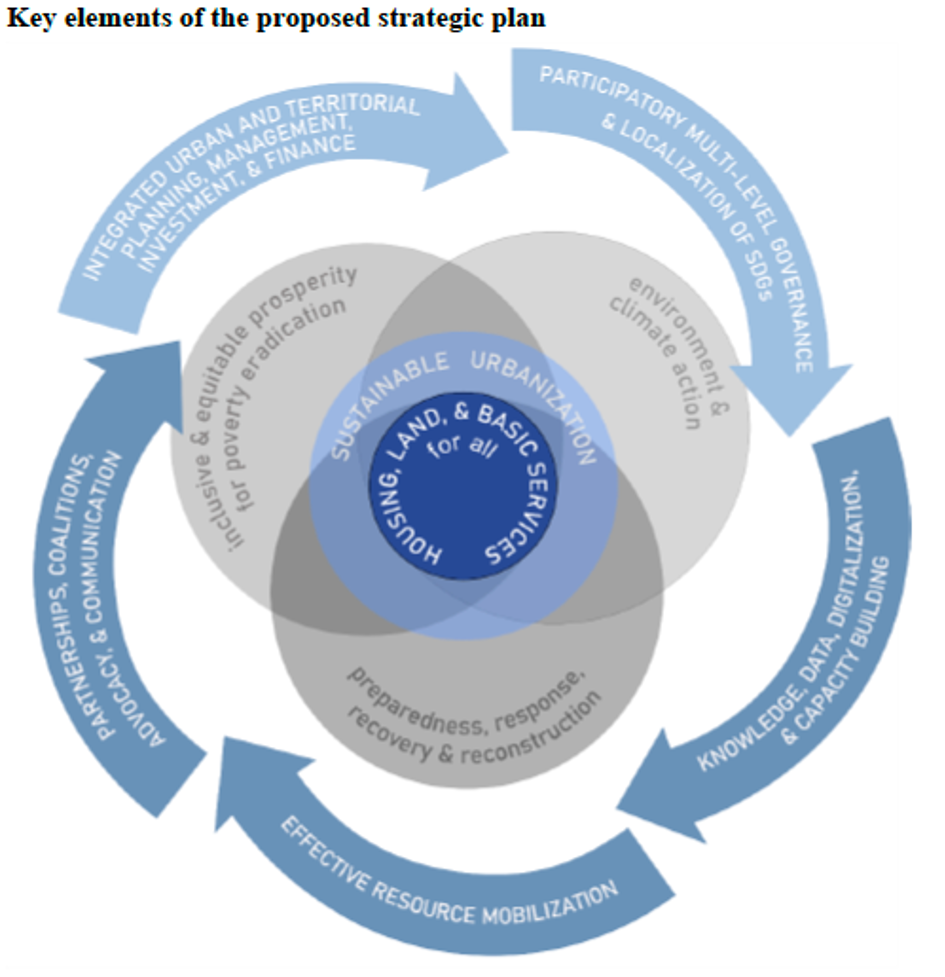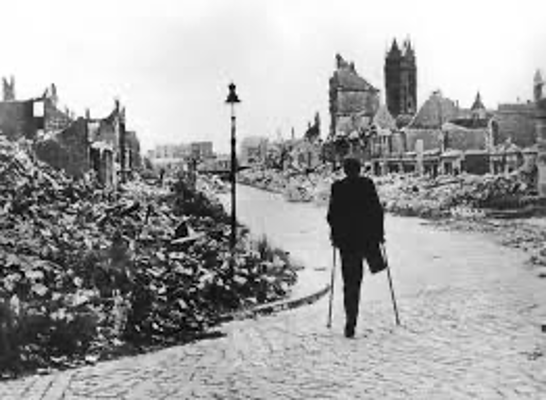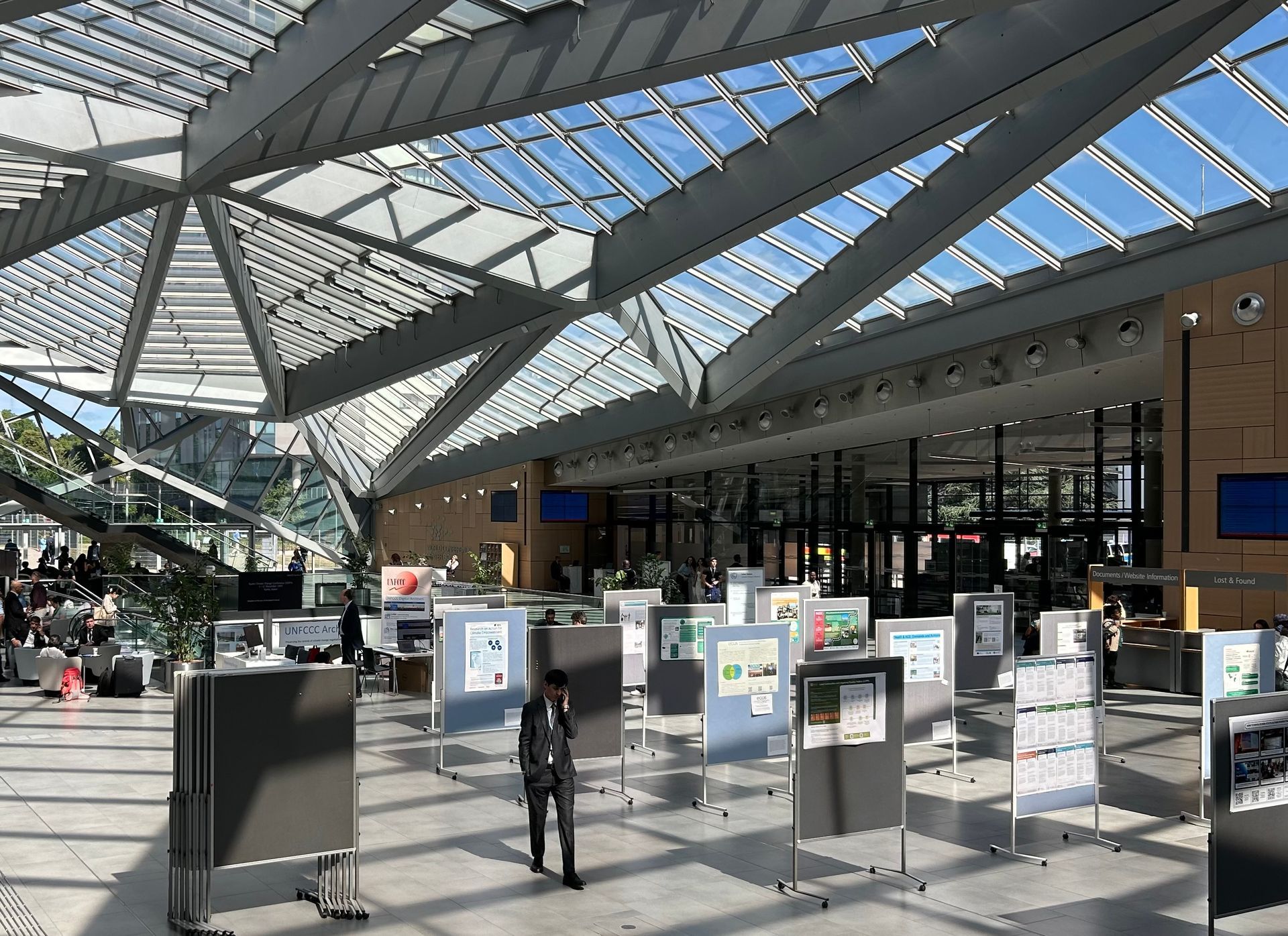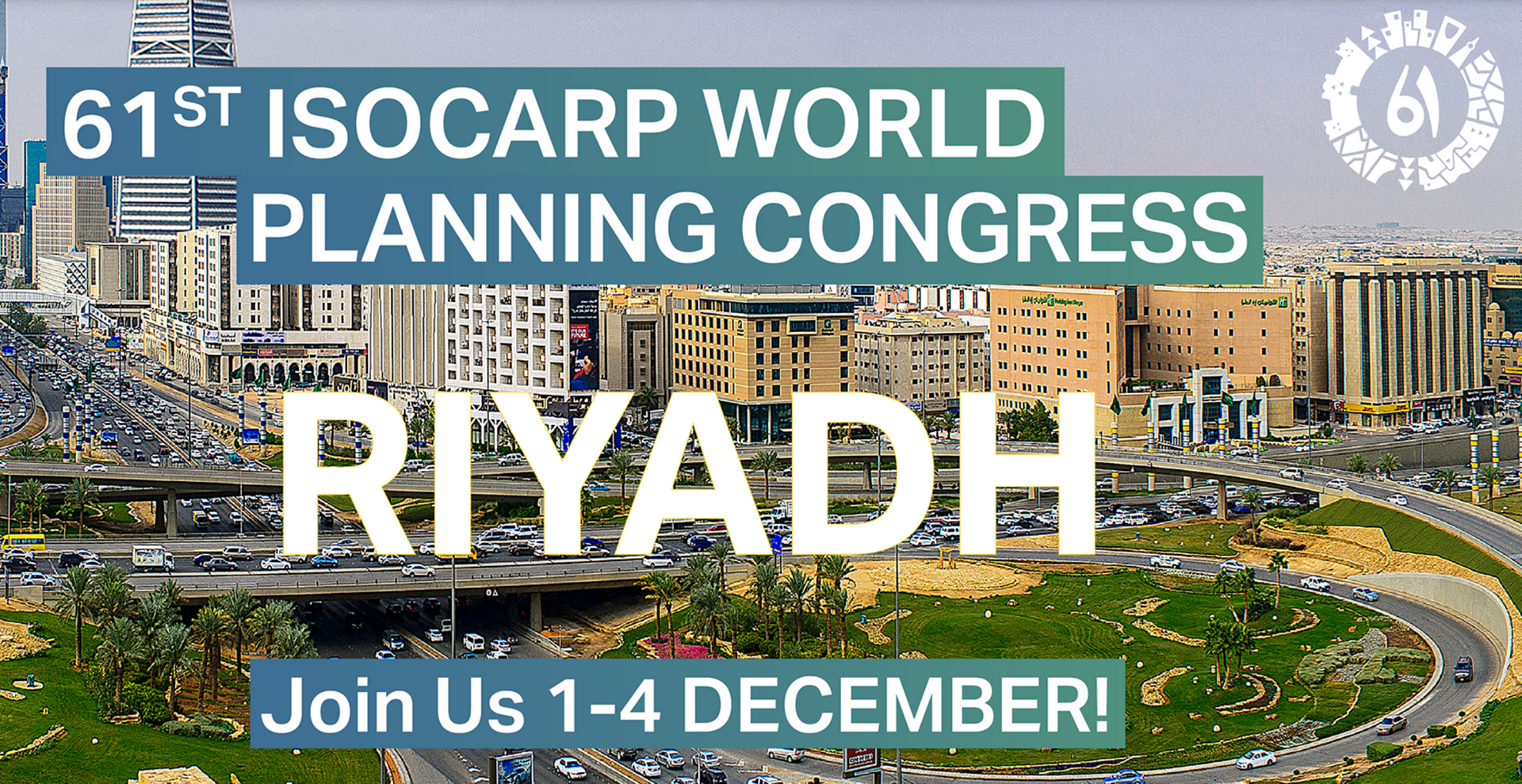Learning to think big about sustainable urban planning and development
Contribution to a discussion not even launched
On my rail trips back from the highly inspiring World Urban Forum WUF11 in Katowice in June 2022 and now from the as interesting ISOCARP World Planning Congress in Brussels I was full unrest. On the one hand, I recalled with joy several days of immersion of high quality and thought-provoking lectures, discussions, site visits and plenty of occasions for socializing and even dancing. On the other hand, I had the feeling that something important may be missing in the world of research, planning and advocacy for sustainable urban development.
Being in my office again, I reflected on my unrest again and formulated the following thesis:
Over the last thirty years sustainable urban planning, related academic research and advocacy got stuck or even trapped in a world of small-scale projects while in the same period the challenges for sustainable development and climate resilience gained increasingly speed and force. Now it seems that there is a widening gap between global and interrelated crises and the established pattern of the sustainable and integrated planning community.
Based on the above, the guiding question of this post is:
Are the planning and local governance community, related research and advocacy doing too little too late? I also ask how the friends of sustainability in the planning community can grow up to the challenge and learn how to think big in a way that planning remains inclusive, integrated and leaves no one behind while it responds at the same time fast enough and forceful enough so that cities can contribute their due part to remove humanity from the verge of a planetary socio-ecological collapse. Yes, this may sound like squaring the circle but that could be exactly what our present time is requiring.

An unhealthy pattern in the current dialogue on urban policy and planning
Looking back at the recent WUF11, national conferences and the ISOCARP Congress it appeared to me that most sessions I attended followed a certain pattern. One part of the pattern consists of references to global development goals and to current multiple crises including the Covid19 pandemic, climate change, wars in Ukraine, Tigray and elsewhere in the world, increasing economic, social inequality and the triggering of new environmental disasters which brought humanity to the verge of a planetary socio-ecological collapse. Dramatic as these references to systemic challenge are they were usually followed in the second part of the pattern by a swift zooming-in on selected subjects and projects at the local or even at the level of a neighborhood or a single public place. Sometimes they were further broken down by a focus on a sector of planning, a stakeholder group and planning methodology. Identifying solutions for sustainable, inclusive future at this level is valuable but at the end only the specified project is discussed without zooming back to the crises. Thus, the link to the big challenges which was so important to be mentioned at the beginning as reference got lost.
A narrative which begins with systemic challenge, zooms down to case studies but doesn’t return to their relevance for the systemic challenge is incomplete. Since I recognized this pattern at several events I started wondering if there is a more general and possibly unhealthy pattern in sustainable urban policy and planning in front of a background of fast and forcefully developing crises.
Thinking big and small about urban policy and development
‘Thinking big’ in urban and regional planning has a long tradition in Europe and beyond. The Industrial Revolution in the 19th century generated a huge demand for land, resources and workers for fast-growing industries. And fast-growing industries, railway systems and cities called for adequate urban, regional and national spatial planning. Consequently, thinking big and at larger scales was necessary and common in planning to grow up to the dynamic challenges of the times, but the thinking big also had its downsides.
For instance: The famous Charter of Athens, adopted in 1933 by leading architects and planners recommended that ‘Full use should be made of modern building techniques in constructing highrise apartments. Highrise apartments placed at wide distances apart liberate ground for large open spaces.’ Or ‘Transportation routes should be classified according to their nature, and be designed to meet the requirements and speeds of specific types of vehicles.’ Giving preference to high-rise apartments with large open spaces around them and following the requirements and speed of vehicles (not of people!) revolutionized urban planning but the focus was on function, not on people. It’s obvious that the Charter was produced in response to the fast and often badly planned growth of cities during Industrial Revolution. The Charter helped to modernize cities but it also generated negative side effects for neighborhoods, local communities and indirectly for entire societies. Planners like Robert Moses, large scale social housing projects in the USA, the car-friendly cities e.g. in Germany or the Unités d’Habitation of Le Corbusier are just a few examples of the excesses of modernist architecture and town planning.
Because of the above it’s for good reason that urban planners became increasingly sceptical towards large scale planning and turned towards more integrated, people-centred and inclusive planning approaches.
Complementary between local and global development policies
It further seems that the new orientation in urban planning was complementary to a development at the international level: the emergence of international environmental and urban policies in the 1990s. The United Nations Conference on Environment and Development (UNCED), was held in Rio de Janeiro, Brazil, from 3-14 June 1992. On the website of the UN it still says that the Earth Summit generated ‘A new blueprint for international action on the environment’ [1]. Certainly, that was not a blueprint like a Master Plan or a ready to implement strategy indicating specific objectives, resources, actions, timelines, responsibilities and accountabilities. Instead, the 'new blueprint' was a new pattern consisting of agreed general goals which are then left to the member states for voluntary implementation. Innovative was the pattern in 1992 by introducing e.g. the Local Agenda 21 (LA21) as a voluntary process of local community consultation with the aim to create local policies and programs that work towards achieving sustainable development. More than 5000 LA21 initiatives have been launched around the world. Only a few exist until today. Others were transformed into other activities and many just run dry after a few years.
At the time, it was a big achievement to agree on a common universal policy for sustainable development and to focus on voluntarism and national and local action to implement it. Everybody was a winner:
- Local stakeholders were encouraged to take initiative and engage in sustainable development.
- National Governments preserved their sovereignty and kept control on what happens within national jurisdiction.
- The UN was obstetricians of a new future-oriented policy for sustainable development and gained the mandate to monitor implementation and (on demand by member states) to actively support the implementation within countries.
- Nature was also a winner in the sense that humanity seemed to understand its responsibility to conserve creation.
Unfortunately, due to the voluntarism on the side of all stakeholders the goals agreed in Rio were never linked to a clear implementation strategy including an accountability mechanism. Instead, there seemed to be the hope or even confidence that the many small and decentralized actions would somehow sum up to the big transformation needed. As if there would be an ‘invisible hand of sustainability’ that could substitute clear responsibilities and an accountability mechanism. Later this pattern was basically reconfirmed at the UN Conference Rio+20 in 2012, the UN Summit adopting the Agenda 2030 in 2016 and UN Conferences Habitat II and III in 1996 and 2016.
Now thirty years after the first Rio Conference the pattern still provides the guidance and at the same time plenty of freedom to local and national governments, the EU, G7, UN and professional organizations like ISOCARP. Apart from moral obligations, every stakeholder is free to set own priorities for implementation while using the global challenges as reference frame justifying selected actions.
That went well for a while but now in 2022 the pattern is unhealthy. Why? Climate change and other crises gained a lot speed and force while the stakeholders still follow their own priorities and interests:
- The UN clearly points to the delays in the achievement of Agenda 2030/SDG and climate goals of the Paris Agreement but because of the own limited mandate the UN bewares of telling member states in detail what they need to do.
- G7 is holding in 2022 its first ever ministerial meeting on urban planning in 2022. That’s good but 30 years after Rio to not agree on much more than having in 2022 a first meeting and then a follow-up meeting in 2023 is not very impressive.
- The EU has many programmes and initiatives aiming at sustainability and urban development but they depend not so much on goals but on the budget provided. For example, 100 cities are participating now in ‘EU Missions’, a new instrument of the European Commission aiming at 100 climate-neutral and smart cities by 2030. The budget is limited to 360 Mio. EUR. That sounds a lot but it allows mostly smaller-scale projects to be implemented and …. yes, it also ignores that there are far more than 100 cities in Europe which need to achieve the same goal. [2]
- National governments have their own plans but they compete with demand due to the crises. E.g. just this month the German government set up a multi billion Euros programme for the energy sector, but the money is allocated to limit the increase of gas prices and to prevent negative ripple effect for the economy. Certainly, the money will be missing when it comes to needed energy transition. And that urban planning didn't contribute earlier to energy transition through planning doesn't make the current situation easier.
- There are a few champion cities like Paris but most cities are still reluctant to take major actions. Thirty years after Rio not a single one of the large cities is carbon free or sustainable. Cities like Brussels and regions like Flanders want to be climate neutral by 2050 but from looking at the small-scale local projects presented at the ISOCARP Congress you cannot tell what climate neutrality means in practice for a region with an economy driven by an international port like Antwerp and an international Airport like the one of Brussels. It could re-shore part of the industrial production which was lost years ago but they still would need the raw materials from abroad. So, it's still a black box what a circular economy in a region like Flandres can look like. [3]
[1] https://www.un.org/en/conferences/environment/rio1992
[2] https://ec.europa.eu/commission/presscorner/detail/en/IP_22_2591
[3] https://vlaanderen-circulair.be/en
What should be done?
Learning to think big about sustainable urban policy, planning and development
Some institutional representatives may get nervous if I add critical remarks to the above list of activities but to be clear: I really appreciate that all related stakeholders do what they do. It is important. My only concern is that it is too little and too late to achieve the agreed goals in an environment where crises gain speed and force on a daily base. The unhealthy pattern needs and, I think, it can be repaired by not only deriving the relevance of own activities from the global crises environment but also by specifying how the own activities contribute to overcoming problems and, if that shouldn’t be possible, to state clearly what is necessary by whom and when to achieve common goals. In the following I point to some possible actions which should be further discussed.
In times of interrelated crises, fake news and populism it is increasingly difficult for the general public and for experts to get well informed and to build and maintain trust. Therefore, truthfulness is indispensable for public dialogue and cooperation. If we are at the verge of a planetary socio-ecological collapse this needs to be admitted and own actions should be described in relation to challenges ahead. Cities, researchers and planners can be proud on small steps and small projects as much as on big initiatives but it doesn’t help to pretend that the small steps taken will solve the big problems.
There are several ways to learn thinking big while leaving no one behind and they include these steps:
1. Visioning: big challenges need a positive narrative and we still don't have that narrative for sustainable development. Such a narrative may include a blood sweat and tears appeal but it must include a positive vision of a sustainable future to inspire support and acceptance of efforts needed.
2. Transferring and upscaling available knowledge and pilot projects: To benefit from the many studies and pilot projects on zero carbon and sustainable urban development it will be most important to add new guiding questions to studies and projects, including these:
a. Assessment: Realistically, what is the direct and indirect contribution of a case study or pilot project to the achievement of citywide, regional, national and international goals?
b. Transferability: Can and, if yes, how can the findings, results and impacts of a study or project be repeated elsewhere?
c. Upscaling: What is needed at the local and other levels and what are indicators for measuring progress to replicate a local solution often enough to achieve citywide, regional, national and international impacts on goal achievement?
3. Visualizing: Apart from some nice drawings in studies and project reports there is only a limited understanding on how a sustainable and zero carbon metropolitan city would really look like, it’s housing, businesses, transport infrastructure etc. What would change in the physical footprint of let’s say Berlin, Nairobi or Hongkong when they are transformed to sustainability and climate resilience cities. Are there any model 'Master Plans' for entire cities?
4. Strategising: Many so-called strategies are just policies. Instead, a real strategy is not merely a policy but also a clear cut outline on how to achieve goals. It includes a plan and log frame covering objectives, necessary means, timelines, responsibilities and accountability to achieve long-term goals. Of course, it should include a review process to update a strategy but key is that not only policy goals but also the enabling environment and means of implementation become part of the strategy. Therefore, cities which want to achieve zero carbon by 2030 should be able to make now a strategic plan for actions in each of the remaining years.
5. Capacity building: One of the most inspiring conclusions by Charles Landry at the ISOCARP Congress was that ‘The Soft is the Hard’. He said that we know many technical solutions for current problems (the 'hard') but we are lagging the right culture, attitude and mindset to launch the necessary transformation (the 'soft'). Therefore, participation, education and capacity building are a precondition to think big about sustainable urban development.
6. Staying focused and supporting planning with an eye on the prize: It is important that the UN and other development organizations continue pointing to deficits and advocate goal achievement. It would help if these organizations not only would uphold the ultimate goals and provide collections of good practices, manuals and tool boxes. In addition, they should support strategising by providing guidance e.g. on how to use each year until 2030 to assure goal achievement.
7. Politicizing planning: Citizens ask for participation but even more they may expect service delivery by public institutions including planning departments. The time left for goal achievement needs to be used carefully and planners who prefer waiting until they are called may waste precious time. At the ISOCARP Congress it was suggested (see annex below) that all urban planners, urban designers, architects, place-leaders and other urban and regional experts should creatively engage with communities and their local contexts searching for ways to co-create and collectively organize new modes of living and working. This may include politicizing planning in the sense that it asks planners to not only keep an eye on the prize but also to stand up for what is needed and possible to achieve goals.
Climate resilient and sustainable cities won't happen by chance through some invisible hand. They have to be build and it will need integrated, inclusive and participatory planning. Looking at the learning process city builders went through over the last two centuries of Industrial Revolution I am confident that urban planning can grow up also to current challenges without repeating the mistakes of the past.
Note: Please read also the attached ISOCARP Congress Declaration.
Annex: ISOCARP Congress Declarations
Policies and Governance for Resilient and Sustainable Cities and Regions
